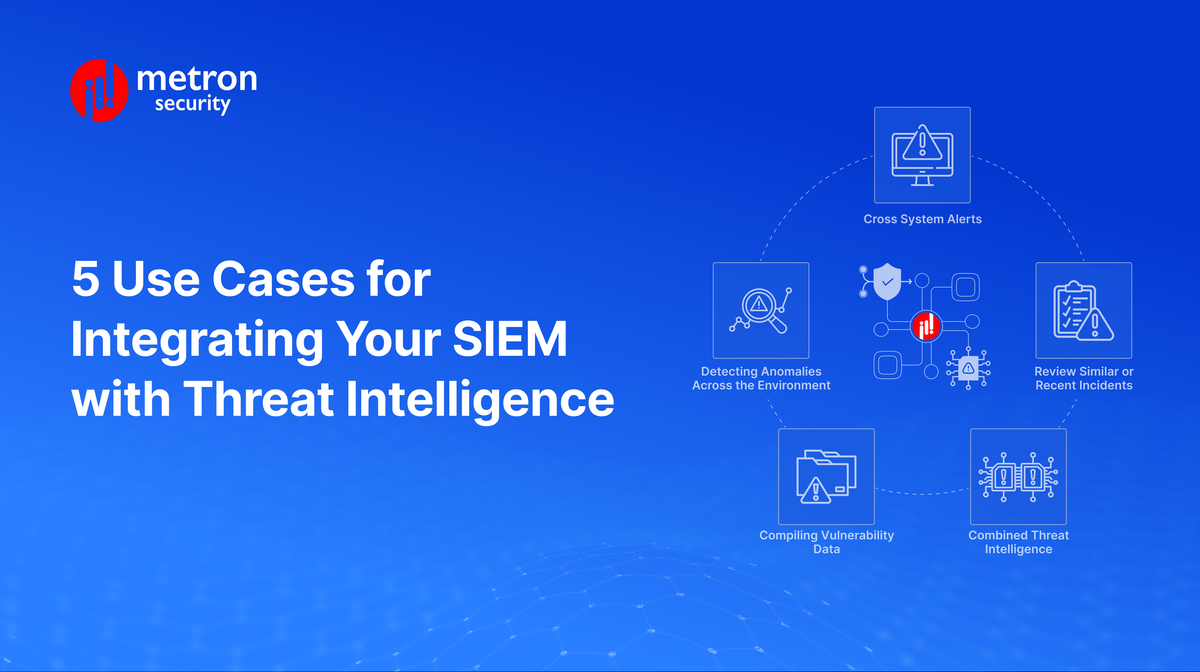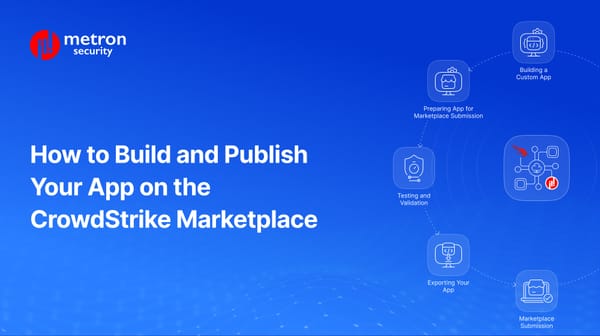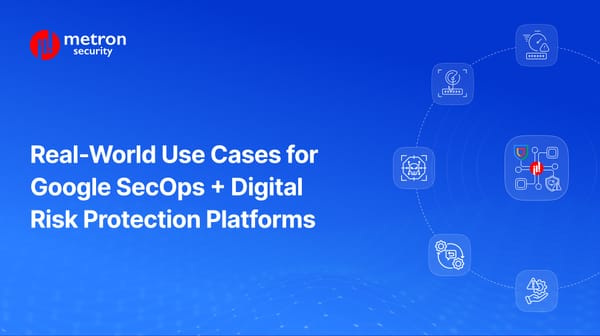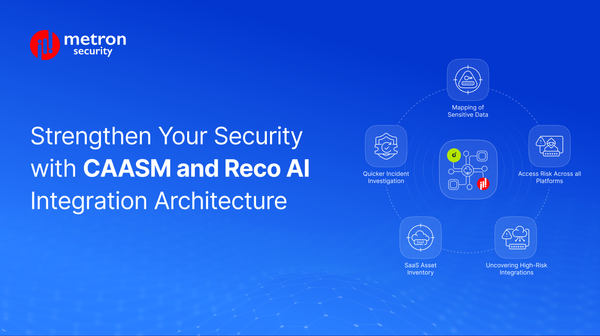5 More Use Cases for Integrating Your SIEM with Threat Intelligence
In this short post, we dive into five key use cases that highlight the indispensable role a well-integrated SIEM plays in enhancing an organization's threat hunting capabilities.
Alexander Nachaj

In the ever-evolving landscape of cybersecurity, the role of security operations (SecOps) teams extends beyond responding to incidents as they arise. The most efficient teams are those empowered to proactively identify current vulnerabilities and future threats within their organization.
Of the many tools available to SecOps teams, a robust Security Information and Event Management (SIEM) system can be pivotal in fortifying this crucial aspect of cybersecurity. In this short post, we dive into five key use cases that highlight the indispensable role a well-integrated SIEM plays in enhancing an organization's threat hunting capabilities.
- Cross System Alerts
In many ways, your SIEM functions as the nerve center of your organization’s security operations, orchestrating the flow of actionable alerts to your team. When well integrated with aligned systems (such as threat detection tools, among them ThreatConnect, Recorded Future, Zerofox, Anomali), this not only expedites the investigative response but also augments the efficacy of incident prevention measures.
2. Review Similar or Recent Incidents
Harnessing the power of historical data, your SIEM becomes a valuable resource in uncovering patterns and insights from previous attacks across connected systems (such as Jira or ServiceNow). This retrospective analysis empowers your team to preemptively thwart recurring incidents or swiftly resolve them should they reoccur in a similar manner in the future.
3. Combined Threat Intelligence
A well-connected SIEM, seamlessly integrated with other security applications, consolidates an unprecedented volume of security data in a singular interface (such as platforms like Recorded Future or ZeroFox). This consolidated intelligence enhances response times and expands the coverage for detecting potential attacks throughout the entire system.
4. Compiling Vulnerability Data
Beyond its role as a response center during attacks, the SIEM proves invaluable post-incident. It aids your team in systematically categorizing and organizing data related to vulnerabilities, including timelines, logs, and the scope of breaches, providing a wealth of information for future reference. Consider NIST’s National Vulnerabilities Database.
5. Detecting Anomalies Across the Environment
Positioned at the heart of security operations, an integrated and automated SIEM seamlessly channels event alerts from interconnected IT systems (such as with Azure AD or the AWS environment). By intelligently parsing and packaging meaningful data across systems, your team gains the agility to make informed decisions rapidly, bolstering the overall security posture.
In sum, a well-integrated SIEM is not just a tool; it's a strategic asset empowering organizations to stay ahead in the relentless pursuit of cybersecurity excellence. Elevate your threat hunting capabilities with the unparalleled features of a seamlessly integrated SIEM.
Considering venturing into security automation and building data enrichment processes? Metron has experience integrating multiple SIEM configurations and building custom playbooks that rely on automation.
If you are considering any custom cybersecurity solution that focuses on the resources and needs of your organisation, please send a note to connect@metronlabs.com.









